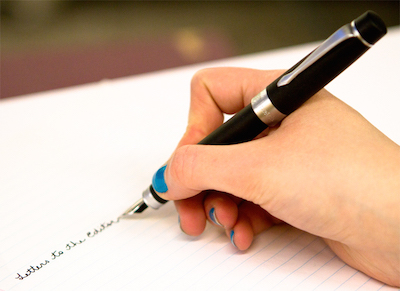Last week commemorated a historic milestone not seen in a millennium.
Queen Elizabeth II eclipsed the reign of her predecessors. “A long life can pass through many milestones. My own is no exception,” Her Royal Majesty said.
True to her words, the following day marked another milestone back home in Canada. Quietly it passed, with little hoopla and even less mention. For the first time as an independent country, Canada declared war on Sept. 10, 1939. The country had no searchlights. Barely thirteen vessels. Newfoundland still was a direct colony of Britain.
None of that deterred us. By the end of the Second World War six years later, over one million Canadians—out of a pre-war population of 11 million—would take up the uniform. Our air force and navy would become some of the world’s largest. If Canada was born on the shell-riddled cliffs of Vimy Ridge, it reached adulthood with the hand-delivered parchment signed by Prime Minister Mackenzie King one September night.
“But Canadian history is boring,” say far too many Canadians. A 2012 Ipsos Reid Poll found that almost one in five Canadians can’t identify that prime ministers are the people featured on our currency. More Canadians under 55 would consider getting a tattoo of the Canadian flag than know that Canada joined the Second World War before the United States.
The problem is perception. The reason the vast majority of Canadians between the ages of 18 and 24 would fail a basic history quiz, according to Ipsos Reid, isn’t because we are unpatriotic. A quarter of Canadians have considered tattooing their body with the maple leaf, true north strong and free. It’s because we have been led to believe that history is just memorizing the past.
Ultimately, history isn’t about retelling the past. It paints a picture of the present. It was the American David McCullough who defined history as “who we are and why we are the way we are.”
When the neo-progressive historians of the 1960s and 1970s viewed the American War of Independence, they looked at it within the context of the Civil Rights movement. And when the Truth and Reconciliation Commission of Canada looked at residential schools, they couldn’t help but look at it with our values and our point-of-view—multiculturalism and Idle No More.
So let’s not forget what history really is.
History is the Winnipeg teenager that lost his leg to cancer but kept on running right across Canada. History is the Japanese-Canadian child once interned as a pariah east of the snow-capped Rockies and now the leading voice for climate change from coast to coast. History is the Haitian refugee that grew up to be first a journalist, a women’s rights activist, and then the third female Governor General of Canada. History is the Canadian born today, raised in the values of Lester B. Pearson’s vision of an interconnected world and the determination of Sir John A. Macdonald.
If Canadian history is boring, then that is the reflection of Canada today.
This week, pick up another newspaper or a history book. Our milestones are simply too important to leave history to historians.






